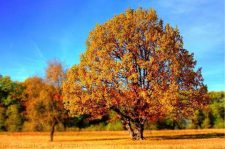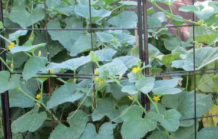There are many tall fescue lawns in Harvey County. Tall fescue gives you that long green season for the yard. For these lawns to be successful, there are tasks that need to be done at the correct times such as aerating, fertilizing, etc. Join us on May 6 at 6:30 PM to learn about how to really take care of your tall fescue lawn. This program is free but you must register by calling (316) 284-6930 or emailing cwoerner@ksu.edu.
Special Weed Problems: Sandbur is a warm-season annual grass weed that produces sharp, spiny burs. It is difficult to control and hard to recognize before the burs form. There is no satisfactory control after the burs form except hand removal.
Sandbur germinates a few weeks after crabgrass but to be safe, a preemergence herbicide should be applied at the normal time for crabgrass. Only a few preemergence herbicides are labeled for sandbur. Special label rates or repeat applications, or both, must be used for sandbur control. Pendimethalin (Scott’s Halts) is the best choice for preventative sandbur control.
This product must be watered in within 3 days after application using ½ inch of water or more.
Sandbur also can be controlled in the seedling stage of growth. Fenoxaprop-p-methyl should give over 90% control. This active ingredient is found in Acclaim Extra (commercial) and BioAdvanced Bermudagrass Control for Lawns (homeowner). Neither product can be used on warm-season grasses (buffalograss, Bermudagrass, Zoysia) as injury will occur. However, it is labeled for the cool-season grasses tall fescue, Kentucky bluegrass, and perennial ryegrass.
No product will make the burs disappear once they have formed. Burs formed in previous years remain on the soil surface, creating a nuisance. Again, hand removal is the only solution.





